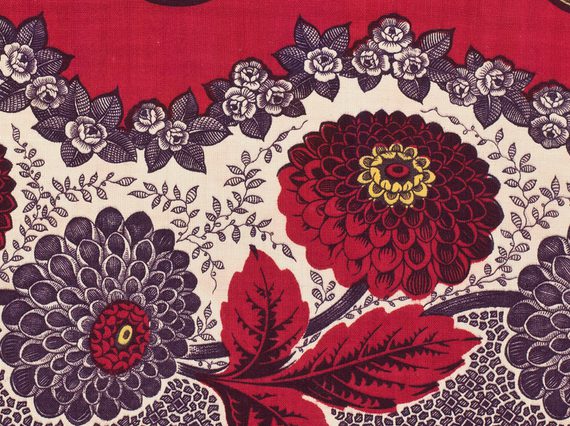
Colouring the Nation
Discover the beauty of our Scottish Turkey red collection through this collaborative project between National Museums Scotland and the School of History, Classics and Archaeology, University of Edinburgh.
Last updated: 10 February 2022
About the project
‘Turkey red’ refers to a complex cotton dyeing process that produced a bright, fast and washable shade of red. It was a major industry in the Vale of Leven, Dunbartonshire throughout the nineteenth century, employing thousands of workers and producing brightly coloured, well-designed and exotic fabrics that were sold throughout the world, from India and China, to North America and the West Indies. Compared with tartan, however, it is little known and studied.
This project redressed the balance through new research and new opportunities for viewing some striking Turkey red textile designs.
- Project title
Colouring the Nation
- Project active
2011 - 2013
- Research theme
Scotland's Material Heritage, Identities and Cultural Contacts
- Blog
Contributors
Dr Stana Nenadic - Principal Investigator
School of History, Classics and Archaeology, University of Edinburgh
Dr Sally Tuckett - Co-investigator
Postdoctoral researcher, National Museums Scotland
The Turkey red dyeing process was typically used on cotton cloth and yarn and used natural alizarin, which was extracted from madder root, along with mordants of oil and alum to fix the dye to the cloth. Other natural but unpleasant substances, including sheep dung, bullocks’ blood and urine, were also used in a complex, secretive and lengthy dyeing process that gave a highly valued colour that did not fade in bright sunlight or with frequent washing. The fabric produced was sold as plain red, but was also printed with elaborate and colourful patterns for many uses in Britain and abroad.
Although produced for centuries in the east (hence the name) it was not until the late eighteenth century that European dyers perfected the Turkey red process. It was brought to Scotland by a French entrepreneur in 1785 and quickly adopted by a number of manufacturers.
Though competitive and profitable, the Scottish Turkey red industry faced challenges from Manchester production and by the end of the nineteenth century was gradually undermined by Asian manufactures and the development of cheaper synthetic dyes from Germany. In an effort to protect their businesses, the three prominent Vale of Leven firms, William Stirling and Sons, John Orr Ewing and Co. and Archibald Orr Ewing and Co., amalgamated to form the United Turkey Red Company Ltd in 1898. The UTR continued production to 1961, when their final factory closed, bringing the industry to an end after almost 200 years.
Image gallery
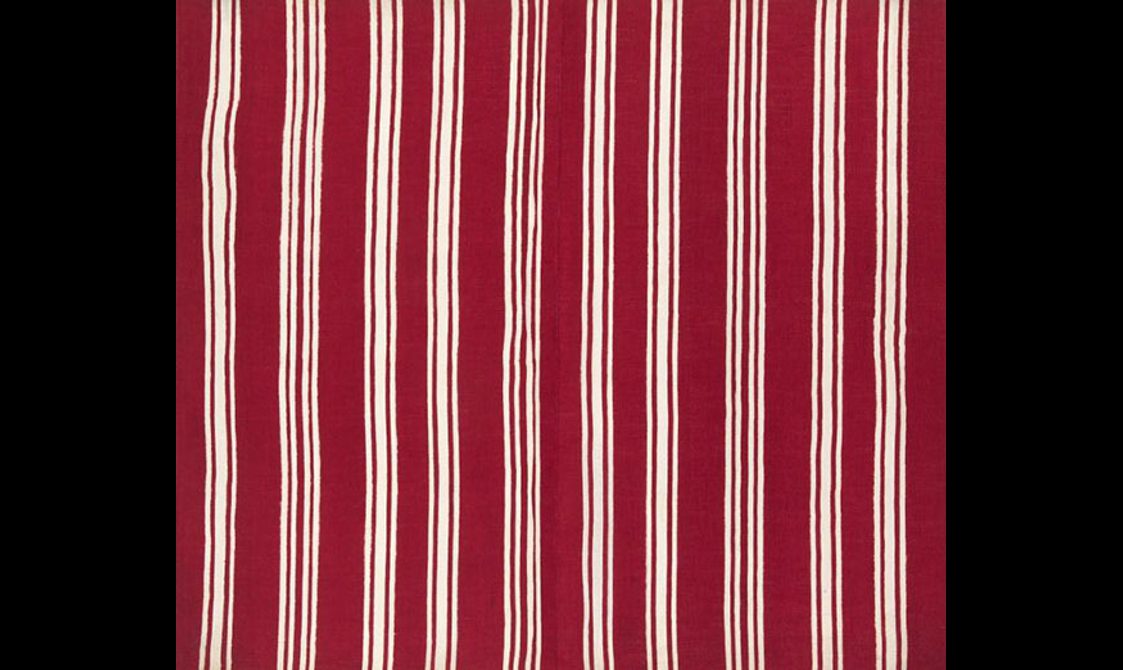
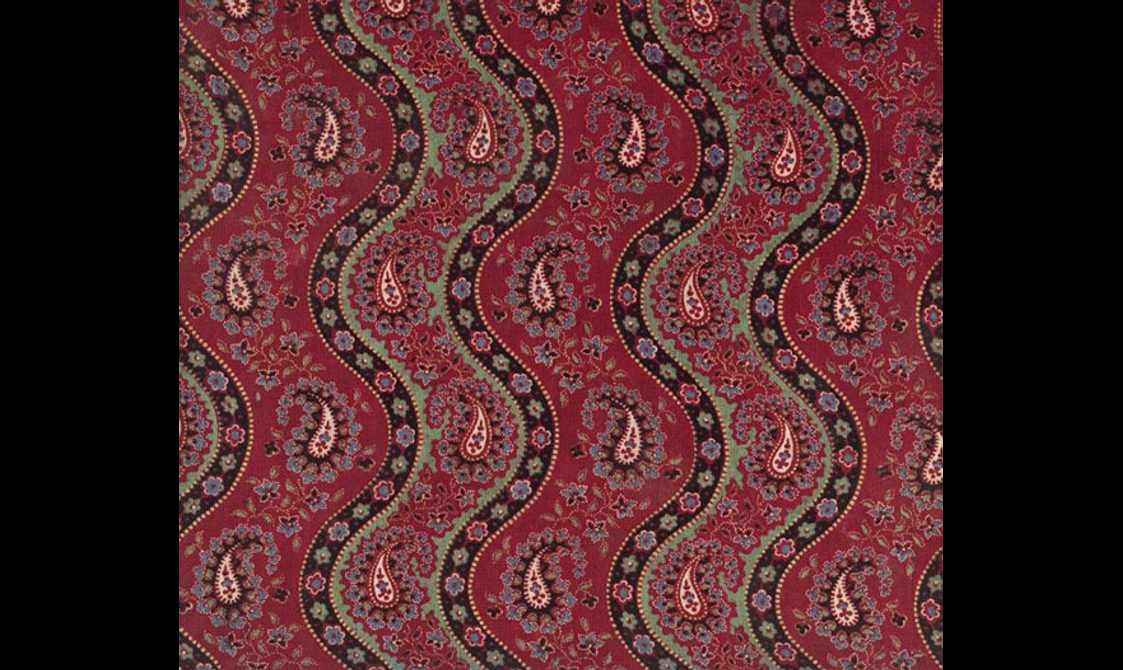
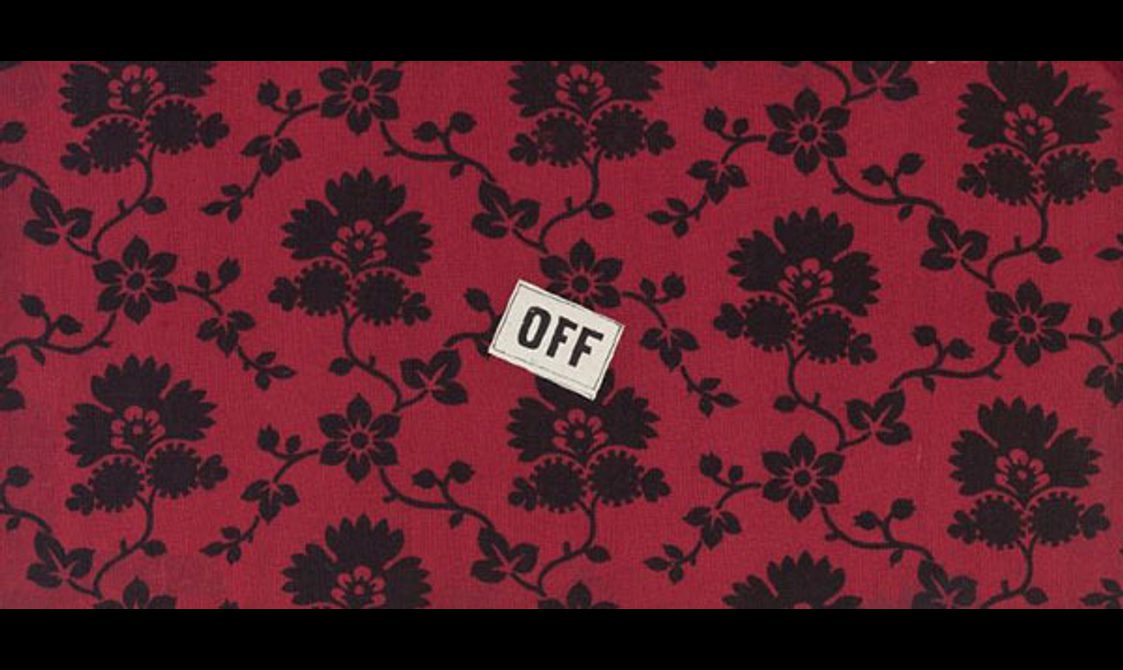
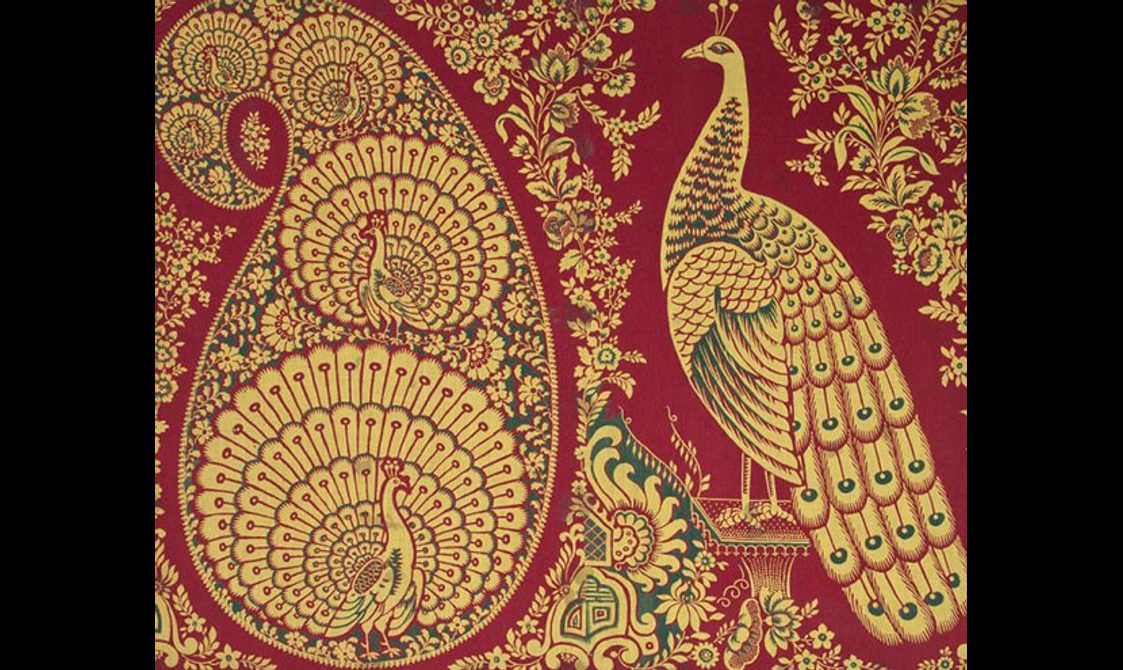
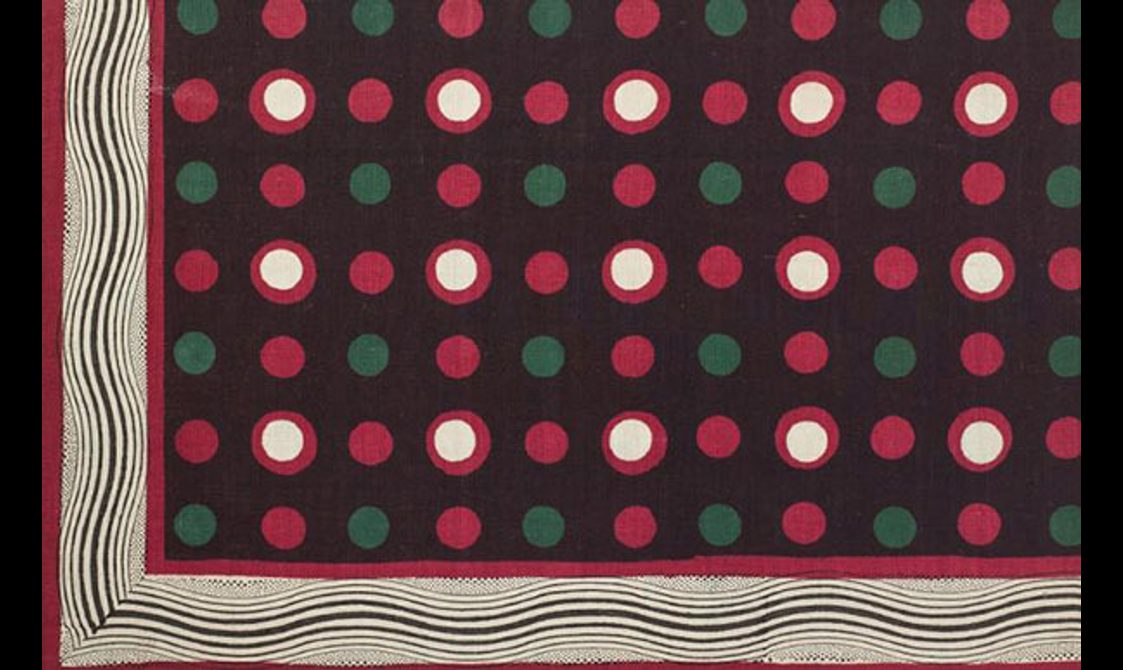
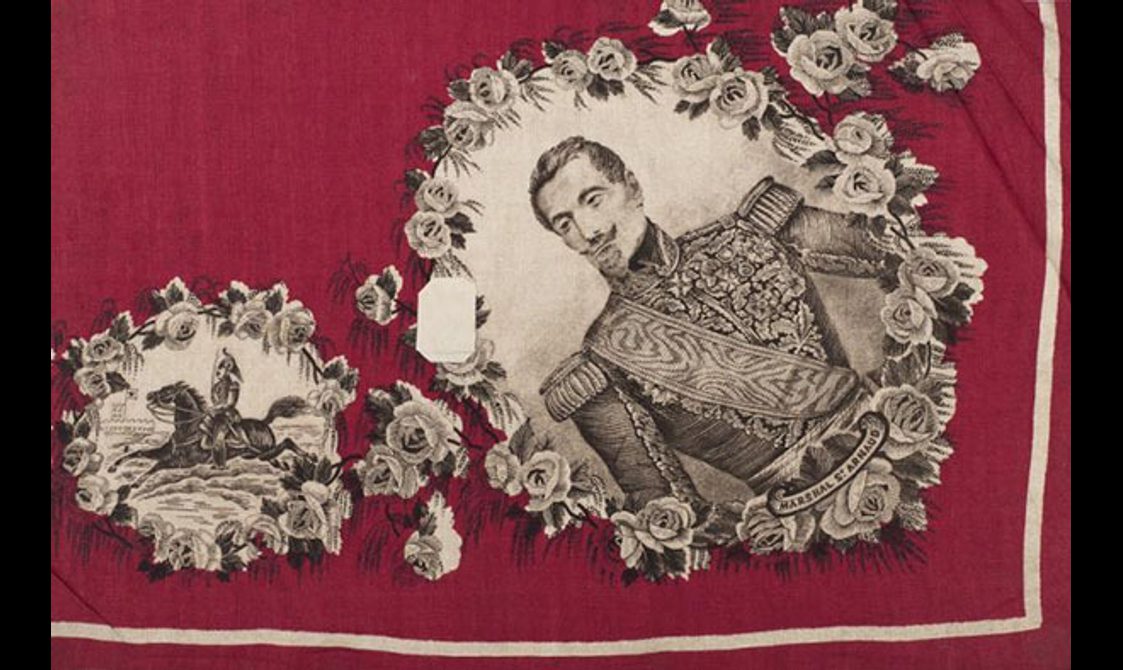
Partners
Funded by the Royal Society of Edinburgh and the Scottish Government under their Major Research Grants in the Arts and Humanities scheme.


